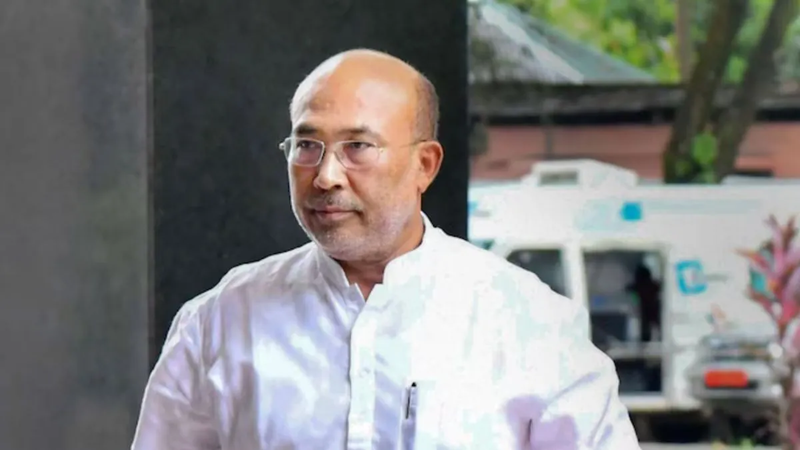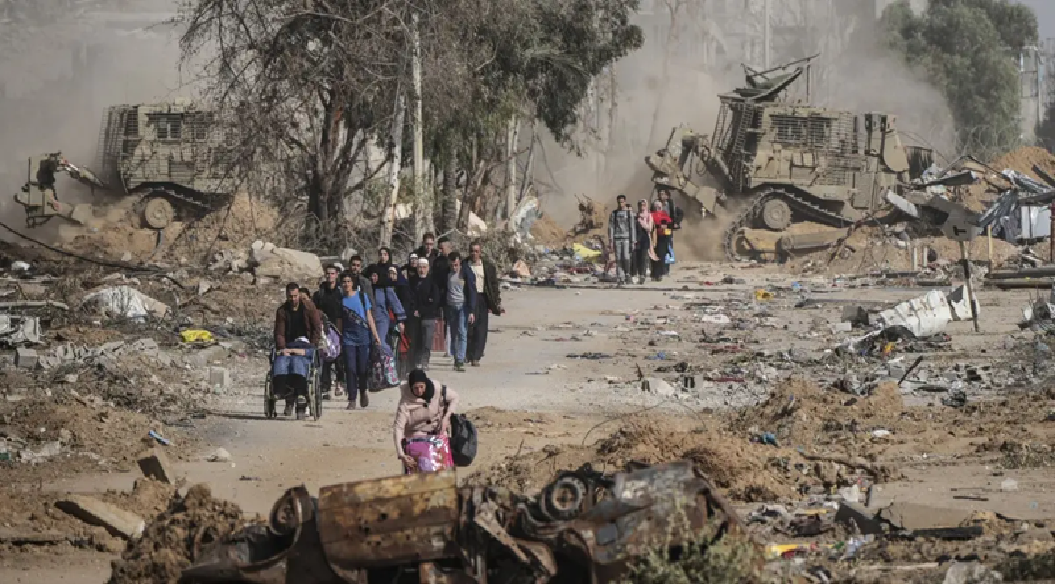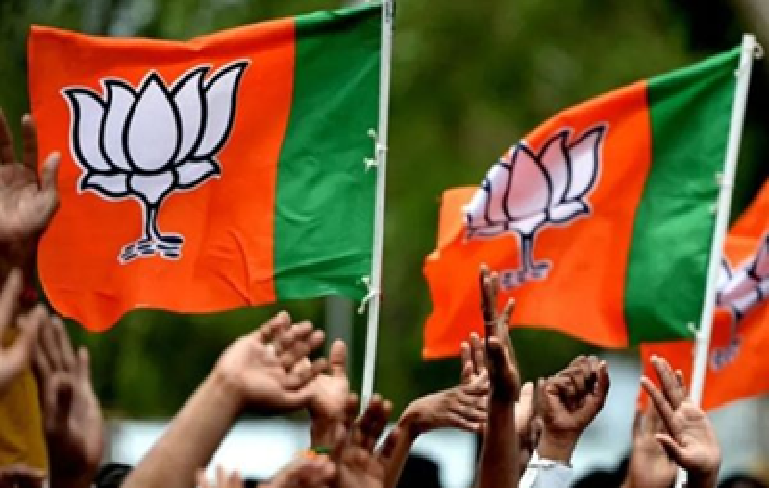
How China has been nibbling away at Indian territory in Arunachal
China has for years been reportedly chipping away at Indian territory along the long-contested border between the two countries, in Arunachal Pradesh.India’s mostly settling response to each attempt has reflected a state of denial.
The Arunachal Pradesh stretch of the LAC separating India from the Tibetan Autonomous Region (TAR) controlled by China is 1,129 km.
Beijing disputes the border, claiming some 90,000 sq. km of Arunachal Pradesh (Zangnan as it calls it) as its territory.
In November 2020, China reportedly constructed a village in Arunachal Pradesh with more than 101 homes. TV news channel NDTV published satellite images of the village.
The report was reiterated by the Pentagon.The village was constructed approximately 4.5 kilometres from the de facto border within Indian territory, the report claimed.
The Indian Army denied this, saying it is in Chinese territory. China has entered more than 60-70 kms inside the upper Subansiri district in (Arunachal Pradesh) in the path along the river, say reports.
They are reportedly constructing a road along the River known locally as the Lensi as it flows in the direction of the Subansiri River, Tapir Gao, Member of Parliament from Arunachal Pradesh, told NDTV.
The Indian government did not challenge this. Instead, it has stepped up border infrastructure, including the construction of roads, bridges etc, which has provided much-needed connectivity to the local population along the border, said reports.
China’s continued construction activity along its frontier with India comes at a time when it has introduced a new Land Borders Law which pledges state support for establishing civilian settlements in border areas.
Building border villages is seen to be a key part of China’s strategy of attempting to make its territorial claims permanent since international law recognises civilian settlements as evidence of a nation’s effective control over an area.
In a key development, residents of Arunachal Pradesh’s Anjaw district recorded videos showing China’s PLA (People’s Republic Army) personnel and machinery carrying out construction work near Hadigara-Delta 6 in Chaglagam.
China even released a list of 11 locations in the Indian state of Arunachal Pradesh, saying it will “standardize” their names, said sources. The renaming will include mountain peaks, rivers, and residential areas.
Sources said it has for decades referred to the north-eastern Indian state as the ‘southern Tibetan region’.This is the third time in the past six years; China has declared the changing of names in territory under Indian control.
However, the Indian government has been denying that anybody had entered Indian territory.
The past instances of the BJP’s engagement with China’s ruling Communist Party show Modi as Gujarat Chief Minister visited China four times, then as Prime Minister five times, and invited Chinese President Xi Jinping to India three times; they met 18 times in the last six years.
Ashok Swain, a professor in the department of peace and conflict research at Uppsala University, Sweden, blames the “political considerations at home” for India’s tepid response.
A confrontation with Pakistan, which is much smaller, helps Modi build his ‘strong-man’ image, claims Swain. A confrontation with China does not give that advantage to Modi; rather, there is a possibility that the image might get punctured.
Modi’s strategy to protect his image is helping Xi to build his image, reportedly at the cost of Indian territory, Swain has told the media.
 English daily published in Bengaluru & Doha
English daily published in Bengaluru & Doha






